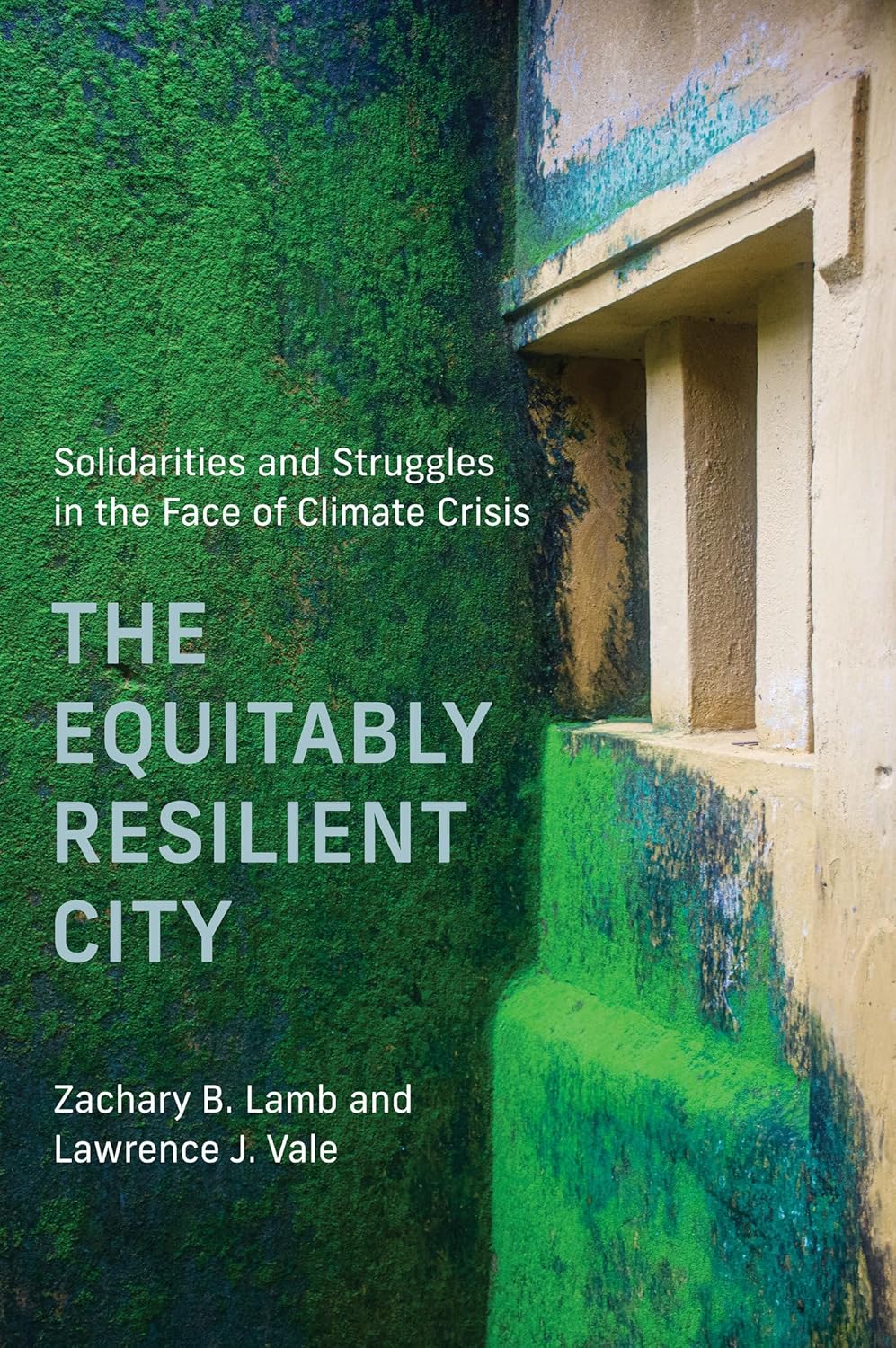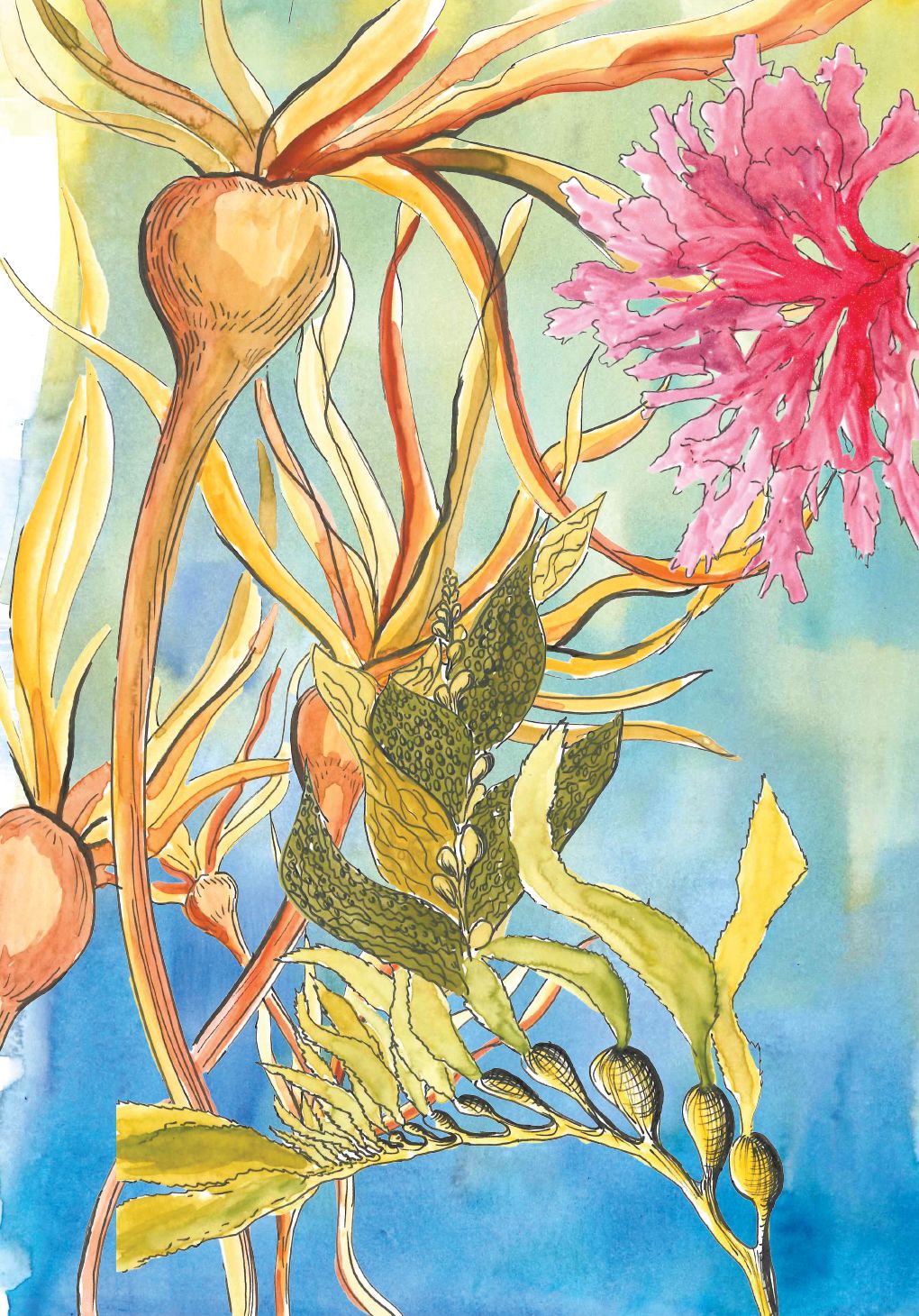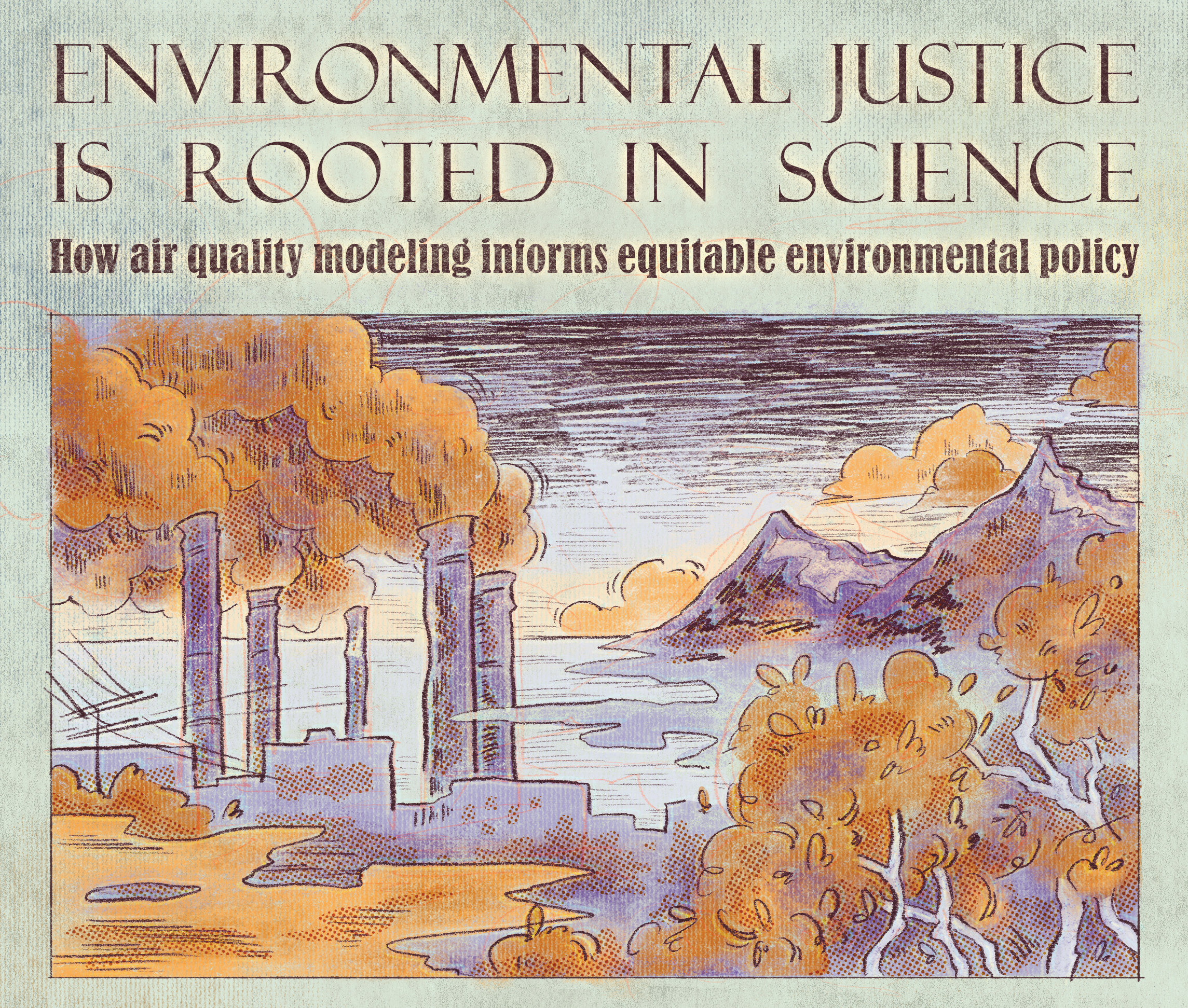The burning question
How to fuel the fight against Californian wildfires
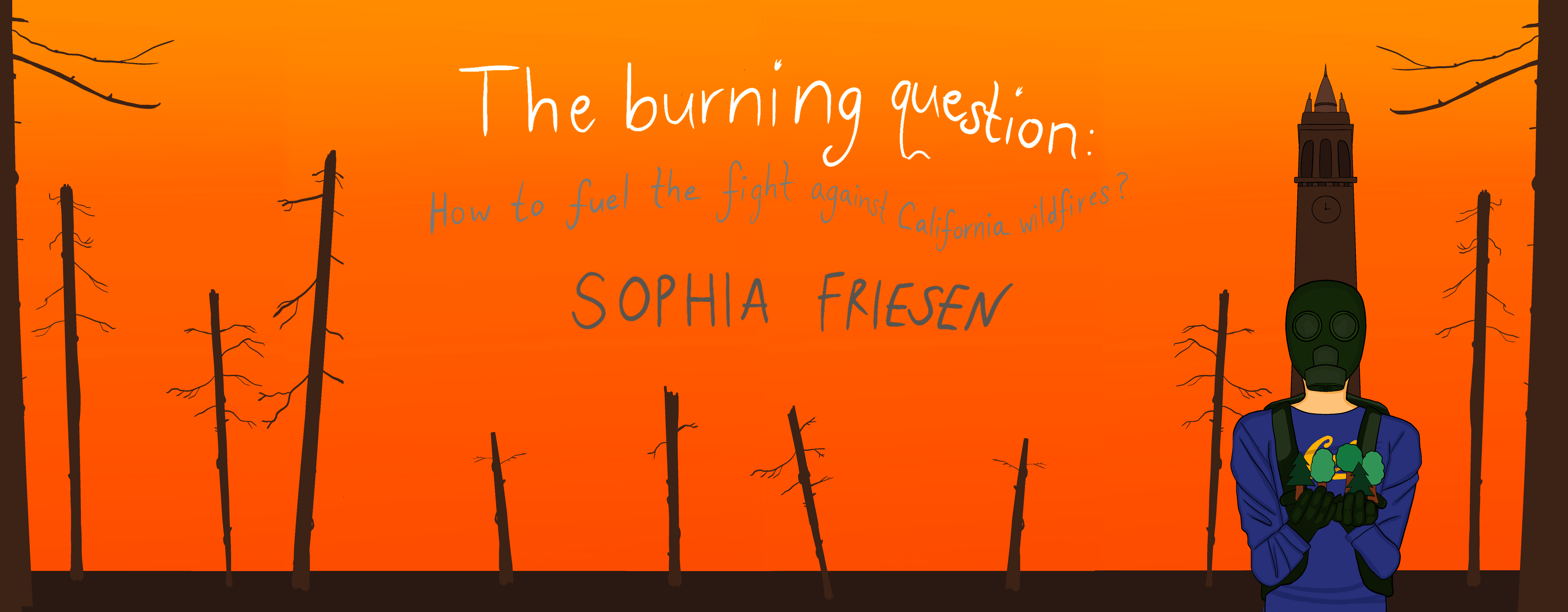
It was eight a.m., September 9, 2020, and something had obviously gone very wrong. I awoke, like the rest of the Bay Area, to a morning that was nearly as dark as night, a sky stained a sickly orange. Learning why hardly made the situation less eerie: the city was under a blackout curtain of smoke from the worst fire season in California’s recorded history. Berkeley was in low danger from fire itself, but the smoke was an unignorable reminder of the fires that were tearing their way through more remote parts of the state. Now, elevated temperatures and increasingly erratic weather suggest that future fire seasons will continue to be severe. But all hope is not lost; while I stock up on air filters and double-check my go bag, researchers and land managers in Berkeley and beyond are working hard to find ways to reduce fire hazards in the wildlands where fires often begin.
It is not hard to tell that wildfires are getting worse—but why are they? The most common answer I hear is “climate change,” and this is certainly a big part of the story. Global warming is causing more extreme weather events, which contribute to fire behavior in a variety of ways. Long-lasting droughts, like the one that hit California from 2012 to 2015 or the one we’re going through right now, make vegetation drier and more flammable, killing trees and turning them into kindling. “Dry lightning”–thunderstorms with no rain—can spark fires despite the most careful human precautions. And once a fire starts, high winds can drive it across the landscape with terrifying speed. All this paints a pretty dire picture for the future of California.
But climate change isn’t the only contributor to our increasingly intense fires. According to Scott Stephens, professor of wildland fire science and co-director of Berkeley Forests, it’s not even the biggest factor. While extreme weather certainly makes wildfires worse, differences in fire behavior today can in large part be traced to changes in our forests—changes that, with rapid and decisive action, can still be reversed.
Fire-suppressed forests vs. frequent-fire forests
Today, much of California’s wildlands are carpeted by a dense, green blanket of unbroken evergreen trees. While these forests may look untouched, they bear the marks of unprecedented human disturbance. Starting in the California Gold Rush, huge swathes of forest were clear-cut for timber. In just two decades, a third of the trees in the Sierras were logged. While much has regrown, logging was recent enough that today’s trees are still younger and smaller than their predecessors. Younger trees have thinner bark and more branches low to the ground, which makes them less fire-resilient. What’s more, the default forest management strategy for decades has been unusually intense fire suppression, which has resulted in more buildup of woody debris and shrubs that can fuel large fires.
Before the arrival of European colonizers, California forests experienced frequent low-severity fires, in large part due to Indigenous land management strategies. Deliberately set traditional fires, often set during the fire “offseason”, tended to be less intense, smaller, and more frequent than lightning-caused fires. These frequent fires helped recycle nutrients, removed excess dead wood and underbrush, and created “patchy” landscapes, in which clumps of trees were interspersed with small fire-killed clearings. Unlike the high-severity fires that can kill every tree for a thousand acres, these frequent fires left many trees alive and shaped a more fire-resilient landscape. When lightning fires did occur, they were usually left to burn unsuppressed, which also contributed to a landscape that had less fuel and was more fire-resilient.
Nowadays, suppressing all wildfires for so long has led to much higher levels of fuel on the ground. These high fuel levels cause fires to burn hotter, higher, and faster, killing more trees and presenting more danger to humans. While the patchy landscape caused by frequent low-level fires makes fires themselves spread patchily, leaving many trees alive to re-seed burned regions. Now when fire hits an unbroken tract of dense trees, no area is left untouched.
Rebuilding a fire-resilient landscape
The good news is that today’s forests can be made more resilient to fire, even in the face of climate change, by strategies that reduce fuel loads and return forests closer to their precolonial condition. While distinctive kinds of fuel-reduction strategies can look quite different on the surface, they all share the goal of removing some of the buildup of flammable material from forests, making wildfires—if and when they occur—less ecologically harmful and less dangerous to nearby humans.
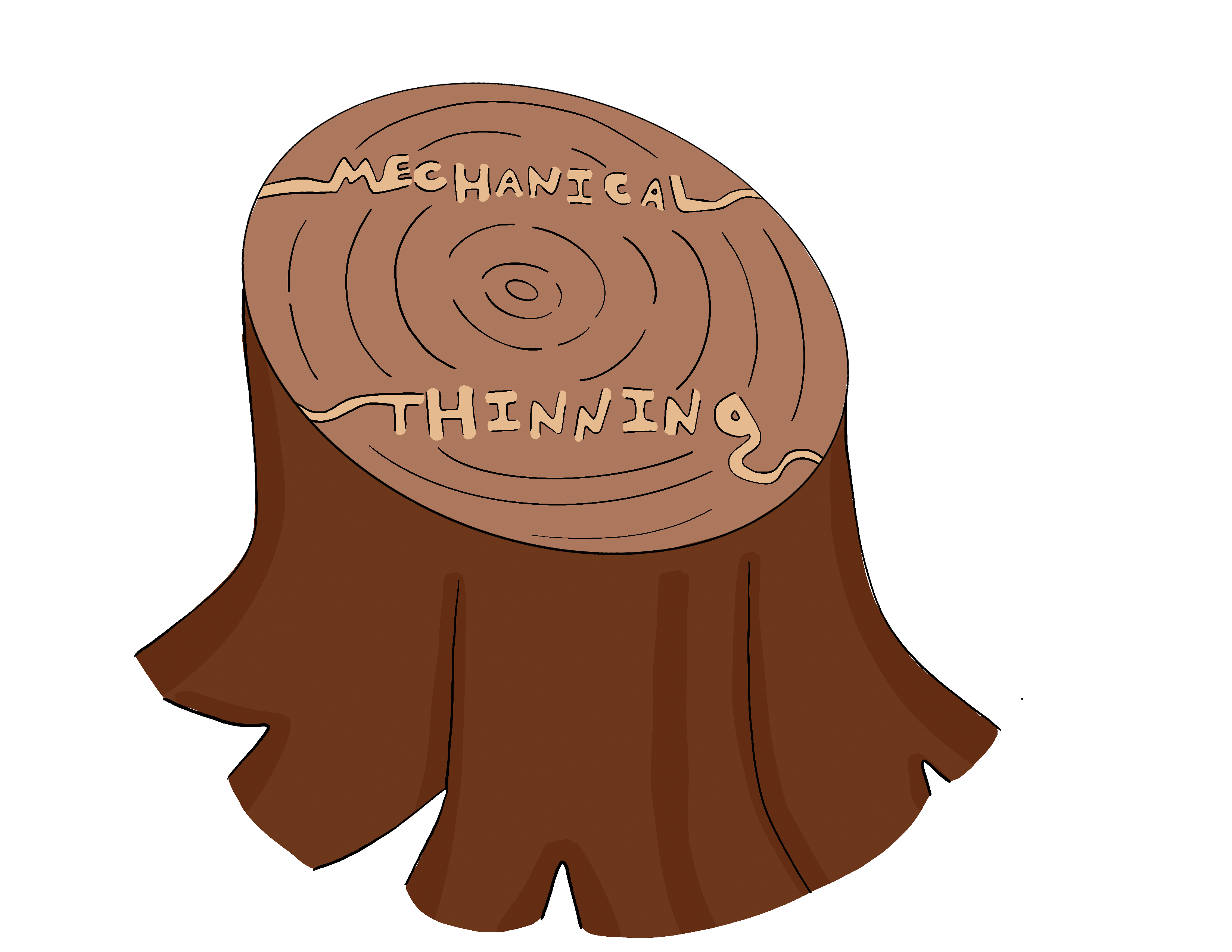
Mechanical thinning, involving the physical removal or breakdown of woody fuel, is perhaps the most intuitive fuel-reduction strategy. In other words, if the trees in a forest are too dense, cut some of them down. Kathryn Low, a Master of Forestry student at UC Berkeley who is co-advised by Stephens, explains that mechanical thinning can be done in several ways, including by large machines or chainsaws. It can also involve industrial strength woodchippers to chew up shrubs and brush. Trees removed by mechanical thinning can sometimes be sold as lumber, making the process more cost-effective, though this may not be an option in more remote regions.
In and around Berkeley, mechanical thinning is the dominant fuel reduction strategy. The university itself owns hundreds of acres of land in the Berkeley hills, and the close juxtaposition of flammable vegetation to human buildings makes for particularly high fire hazards. Unlike fire-suppressed forests, the California scrublands near the coast actually burn more frequently than they used to, due to increased human density and longer, more severe fire seasons; anything from electrical sparks to cigarette butts can start a wildfire in the parched vegetation. To decrease the chances of uncontrollable wildfire, land managers thin shrubs and trees with low branches, which can provide routes for fire to spread up into the treetops, as well as removing trees that could fall and block fire evacuation routes.
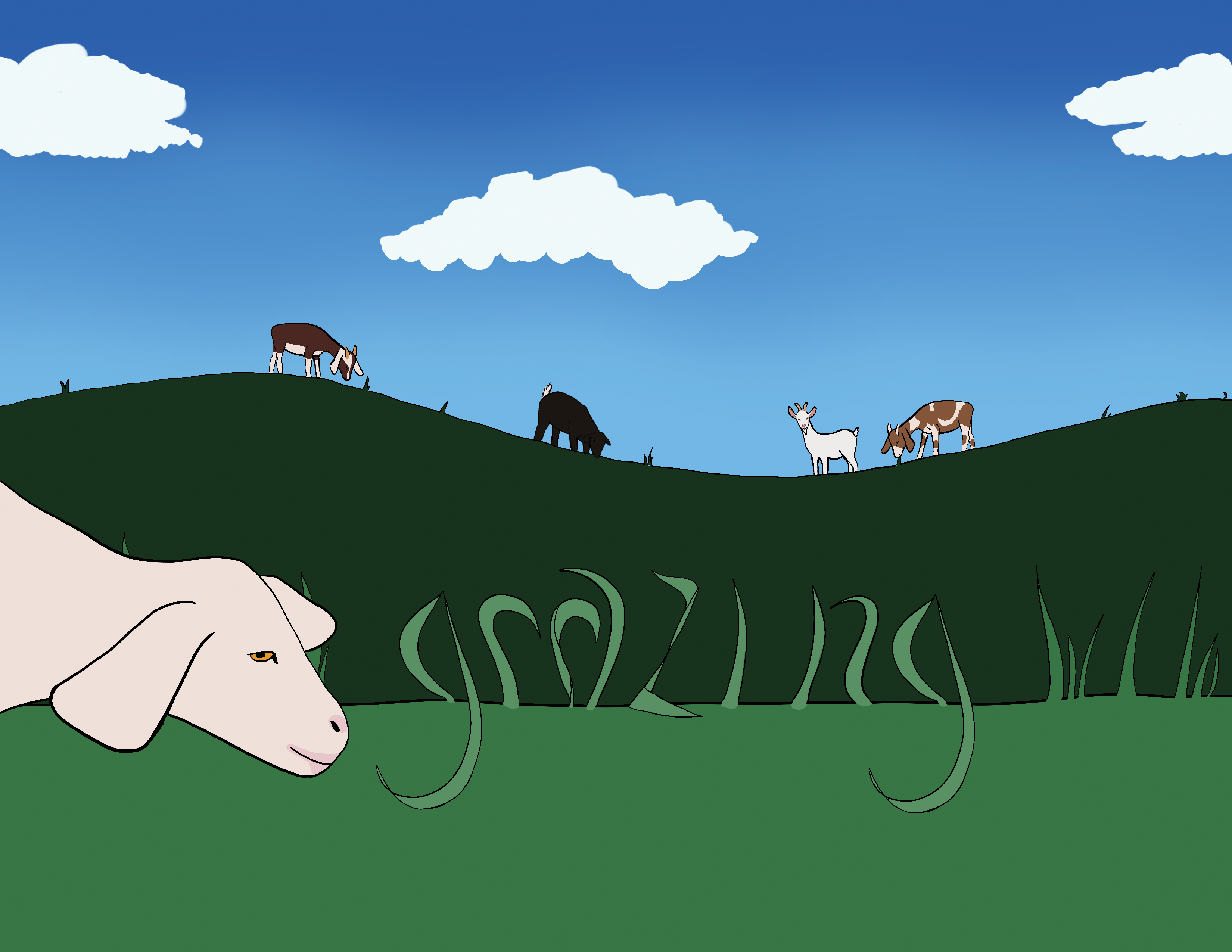
One variant of mechanical thinning is grazing, in which domestic herbivores are employed to clear flammable ground plants. UC Berkeley owns a herd of goats, which can easily traverse the steep slopes of the Berkeley hills and consume excess vegetation. “The goats take care of dry grass that’s a fire hazard, and they do it more cheaply than people with machines,” explains David Erskine-Zilbert, who manages the Cal goats. While the goats only treat a modest area of about 50 acres a year, they bring psychological benefits that are unique among fuel-reduction strategies. As Erskine-Zilbert says, “The goats are important because they get us back in touch with our humanity. They help us decompress.”
Perhaps paradoxically, fire itself can also be used as an effective fuel reduction tool. If fires are deliberately set during less extreme fire weather, or if moderate-intensity wildfires are monitored and allowed to burn, the flames can clear out shrubs and fuels on the forest floor while leaving most large trees alive. The resulting landscape is more resilient to future fires. While people are understandably wary of forest fires, and the smoke and ash they inevitably create, setting them might be the only feasible option for treating large, inaccessible swathes of forest. In built-up Berkeley, on the other hand, fire isn’t in use as a land management tool, explains Devin Woolridge, facilities manager for Hill Campus Fire Mitigation. While the East Bay Regional Parks Department will occasionally use prescribed burns in more remote areas, he says, “It’s a practice that’s discouraged in areas that are so close to homes and facilities. I can’t imagine that the neighbor reaction will be very kind … all it takes is a little bit for it to get out of hand, and then you have a catastrophe on your hands.”
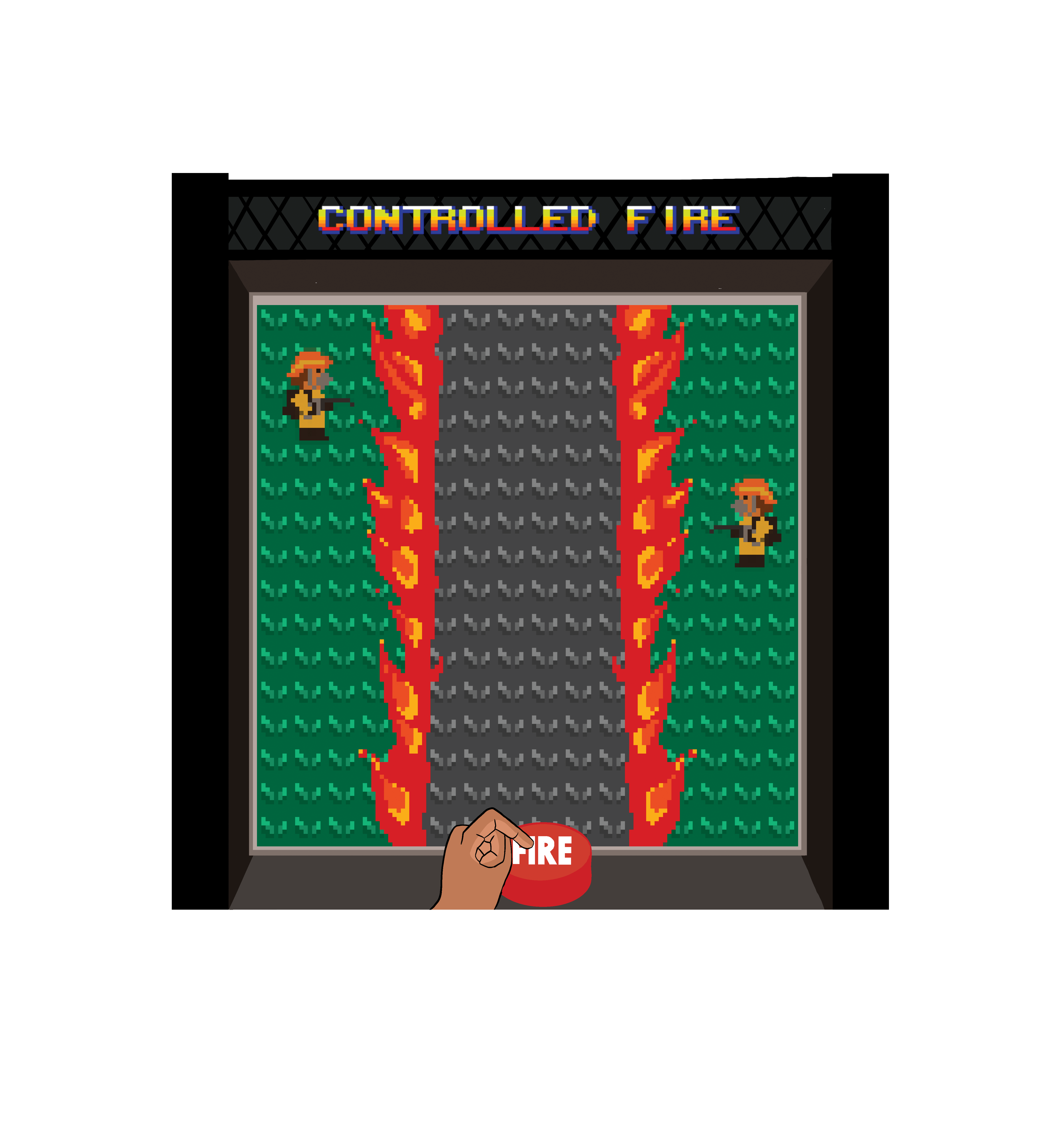
Evaluating fuel treatments
Whatever method of fuel reduction is used, these treatments are intended to significantly change the structure of a forest, and should not be embarked upon lightly. How does cutting down a large fraction of the trees in a forest, or deliberately setting fire to the underbrush, affect the ecosystem as a whole—the native animals for which the forest is home, the trees that survive the treatments only to face the stress of climate change, even the soil and water where the treatments took place? And, importantly, do these fuel treatments actually make wildfires less disastrous?
Stephens has been working to address these burning questions for the past 20 years. Since 2001, his lab has investigated the effects of different fuel treatments as part of the Fire and Fire Surrogate Study, which began as a nationwide collaboration and has been continued by researchers at UC Berkeley and Berkeley Forests. By performing real fuel treatments on patches of forest at the Blodgett Research Station in the Sierras and observing their ecological effects over a relatively long period of time, researchers have learned a great deal about how fuel treatments transform California forests.
Promisingly, the researchers found that fuel treatments do reduce fire hazards, although the recency of each treatment impacts how well it works. Mechanical thinning, burning, and combinations of the two treatments effectively reduced fuel levels, but as time passed, the effects of treatments on simulated wildfire behavior changed. For instance, immediately after a mechanical treatment, overall fire hazard is actually much the same. Even though the treatment removes small trees and shrubs, which reduces the chances that fire would spread from the ground into the treetops, it also leaves a large quantity of wood chips on the ground, increasing the amount of surface-level fuels. Six years later, after the shredded wood decomposes, wildfire hazard is lower than it was pre-treatment. By doing a prescribed burn right after mechanical thinning, surface fuels could be immediately destroyed, and fire hazard immediately reduced.
Historical frequent-fire forests were adapted to frequent disturbances, so it’s perhaps not surprising that fuel treatments require maintenance to be most effective. By 15 years post-treatment, shrubs and small trees regrow and fire hazard increases again. Similarly, after a prescribed fire, some of the fire-killed trees remain, adding to surface fuel loads as they fall. This prompted researchers at Blodgett to do a second prescribed burn seven years after the first, and that’s when they started noticing something very interesting. Stephens recalls, “[The second fire] didn’t burn every acre, because there were patches that simply didn’t have enough fuel. The third fire was the patchiest of all … By then there's so much variability in the availability of fuels that the fire couldn't move over the ground like the first fire did.” In other words, the treated area was starting to look—and act—like a frequent-fire forest. This is good news not only for fire behavior, but also forest ecology. Patchy forests provide a diverse array of habitats, supporting a variety of vegetation and native animal life.
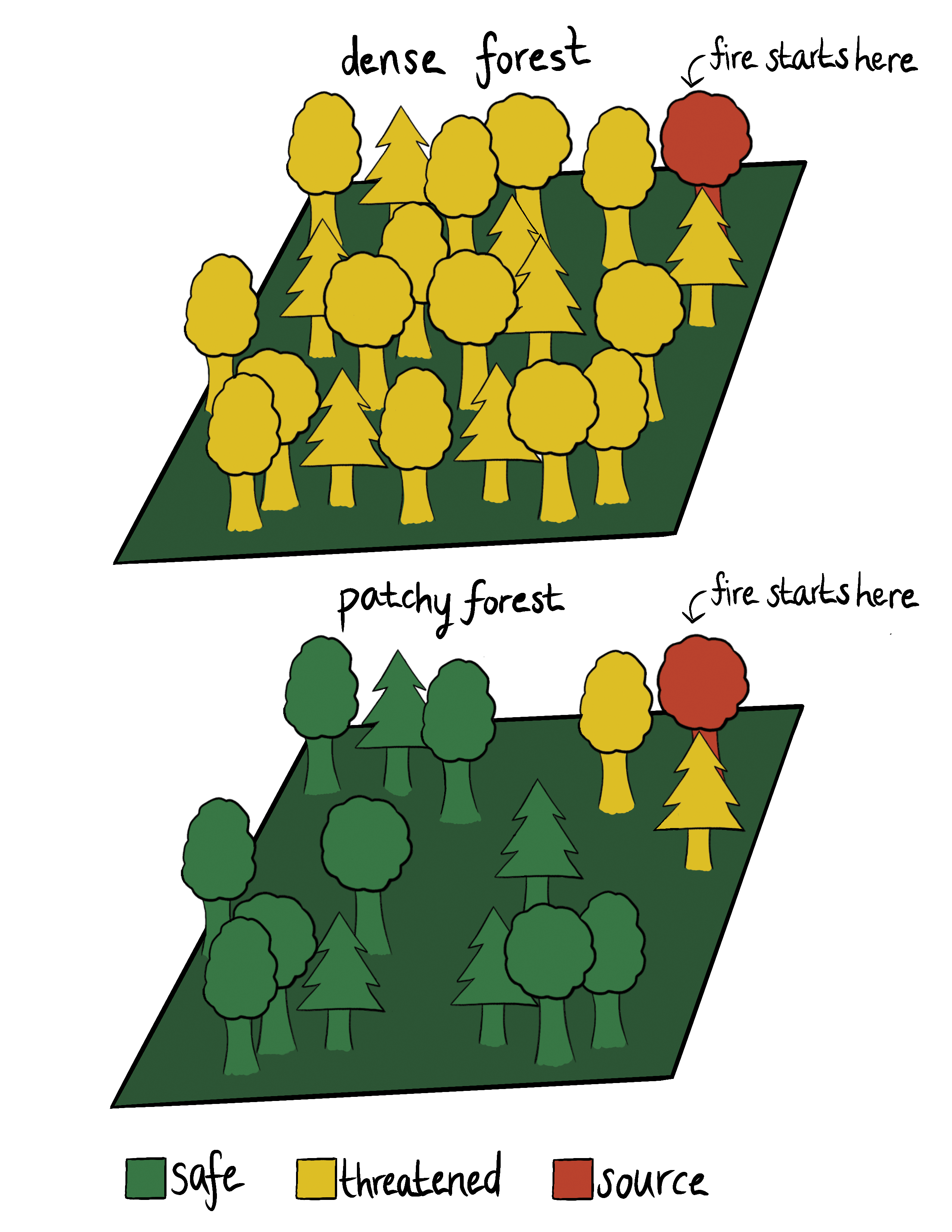
Fuel treatments help forests survive drought
Forest thinning, either by burning or mechanical treatment, also makes ecosystems more resilient to drought, which is an increasingly important benefit as climate change causes droughts to be more frequent and severe. The basic premise is that with fewer trees around, competition for resources isn’t quite so intense, and the remaining trees are able to access more water. This reduced competition can lead to notable increases in tree growth, as Low found during her undergraduate research in Stephens’ lab. She investigated how mechanical thinning affected forest structure and drought resistance ten years down the line. Since trees form one tree ring every year, Low could use the width of each ring to measure how fast the trees grew, finding that trees in treated regions grew faster than their more densely packed neighbors. Even during the prolonged drought that lasted from 2012 to 2015, Low found trees in the thinned regions showed no decrease in growth. What’s more, trees in the treated regions were less likely to die over the study period than trees in untreated nearby areas, further suggesting that thinning treatments make trees healthier.
While Low focused on the impact of mechanical treatments on drought resistance, burning can also increase water availability to the rest of the ecosystem—sometimes with dramatic results. Sally Thompson, former associate professor of surface hydrology at UC Berkeley, currently at the University of Western Australia, found that when wildfires are allowed to burn forests regularly and reduce tree density, soil moisture and stream flow increases. Clearings created by fire, Thompson observed, could become meadows or wetlands. Stephens describes walking through such a region pre- and post-fire as, “suddenly, instead of me standing in a lodgepole pine forest, I’m standing in six inches of water.”
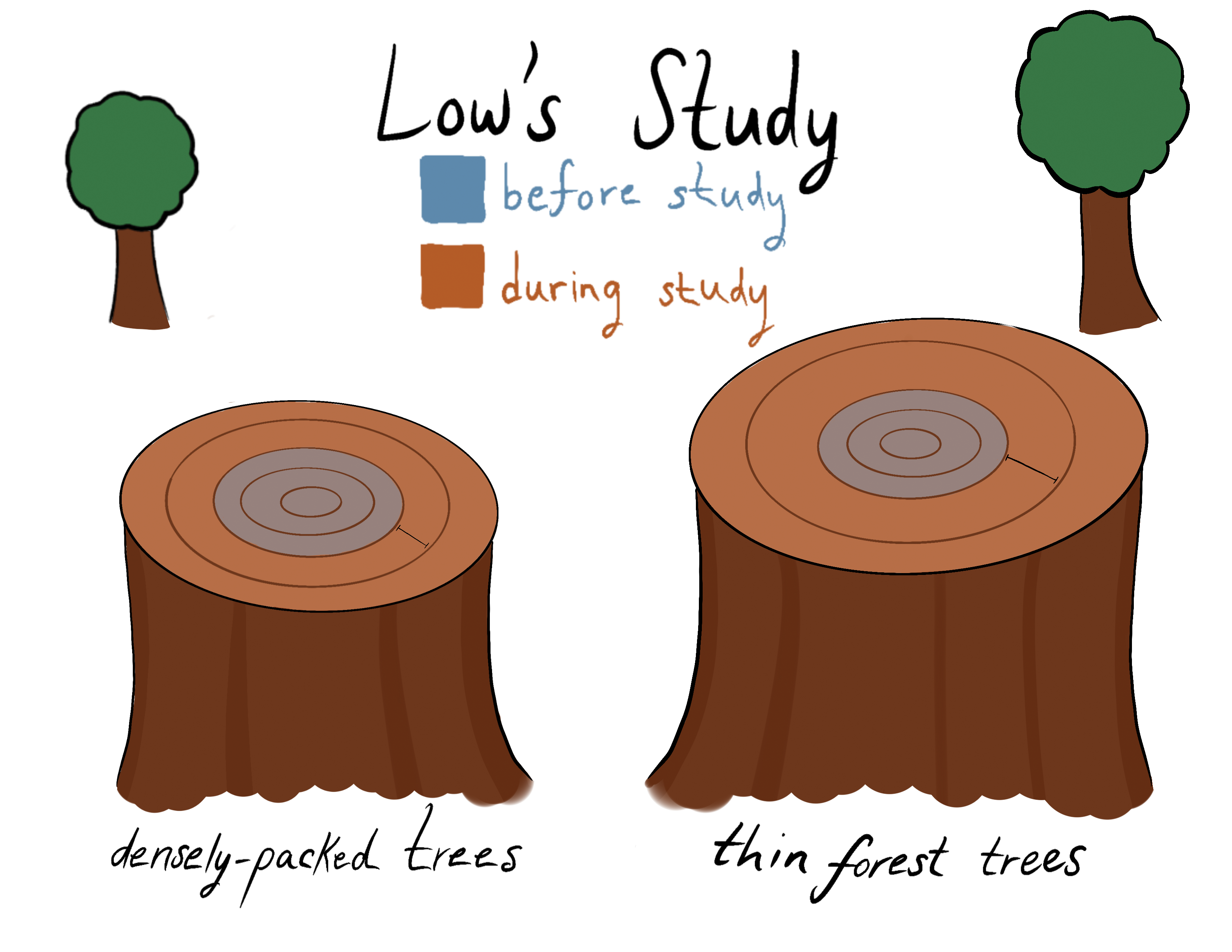
Forest management may have a carbon cost
Despite their many benefits, fuel reduction strategies have their costs, including carbon emissions. Living trees store carbon as they grow, and this carbon is released if these trees burn or decay. The ultimate fate of the carbon in Californian forests is critical. “Forests store an enormous amount of carbon, especially in California, where we have some of the most productive forests in the world,” explains Daniel Foster, a PhD student in the Department of Environmental Science, Policy, and Management, who studied the effects of fuel treatments on forest carbon as part of the Fire and Fire Surrogates Study. “Right now, we've got all this carbon sitting out there in the forest, and we know we have a wildfire problem. And a lot of the wildfire problem is driven by climate change. And if all that carbon that's in our forests goes up in the atmosphere that’s going to make our climate problem worse. So, there's a potential for a really harmful feedback loop.”
By calculating the above-ground biomass of trees, shrubs, and woody debris, and using established estimates of carbon content, Foster determined the amount of carbon contained in forests that had been treated mechanically, burned, or treated with a combination of fire and mechanical thinning. He compared the carbon content of treated forests to untreated regions, over a 14-year period. Every kind of treatment reduced the overall carbon levels, and carbon remained lower than for untreated regions for the duration of the study. This wasn’t surprising: whether trees are removed mechanically or burned, a treated forest is left with fewer trees to soak up carbon dioxide from the air and less carbon-rich woody biomass on the ground.

Foster then added the possibility of wildfire to the carbon equation by simulating the effects of a rapidly spreading fire on the treated and untreated areas. He found that treated areas would experience less tree death and lose less carbon to the atmosphere. In other words, while treated areas contain less carbon before a wildfire, the carbon stored there is more stable.
Because fuel treatments only provide a carbon benefit if the region in question is hit by a wildfire, the overall expected carbon cost or benefit of fuel treatments depends on the annual probability of wildfire passing through the area. Foster estimated the carbon impacts of fuel treatments over a wide range of fire probabilities. At low wildfire probabilities, untreated areas are predicted to contain more live tree carbon than treated areas—after all, untreated areas contain more trees. But as wildfire risk increases, the expected live tree carbon in untreated areas decreases as trees in untreated areas become more and more likely to die. Treated areas, on the other hand, are resilient enough to wildfire that they are predicted to lose almost no live tree carbon as wildfire risk increases. Therefore, at high wildfire probabilities, burn-treated areas are expected to contain more live tree carbon than untreated areas.
That said, total expected carbon stocks (including both live and dead trees) are higher in untreated regions are higher than for treated regions, even at extremely high fire probabilities. This is because even though trees in untreated regions are much more likely to be killed by fire, the dead, fire-killed trees still retain plenty of carbon in the short term. At least over the time span Foster investigated, fuel reduction does a net harm to carbon stocks overall.
Still, Foster cautions that his work has caveats, and shouldn’t be taken to mean that fuel treatments are a bad idea. Other studies of forest carbon stocks, which use simulations of tree growth to estimate the effects of treatments over much longer time periods, predict that fuel treatment will ultimately provide a carbon benefit, as the carbon in untreated forests becomes ever more likely to go up in smoke. “I think it's very plausible to predict that 100 years after a wildfire, the treated stands that still have live trees in them will be storing much more carbon than the control stands, which will become a carbon source as the dead trees decay,” Foster says. “Personally, I think the jury is still out.”
Where we go from here
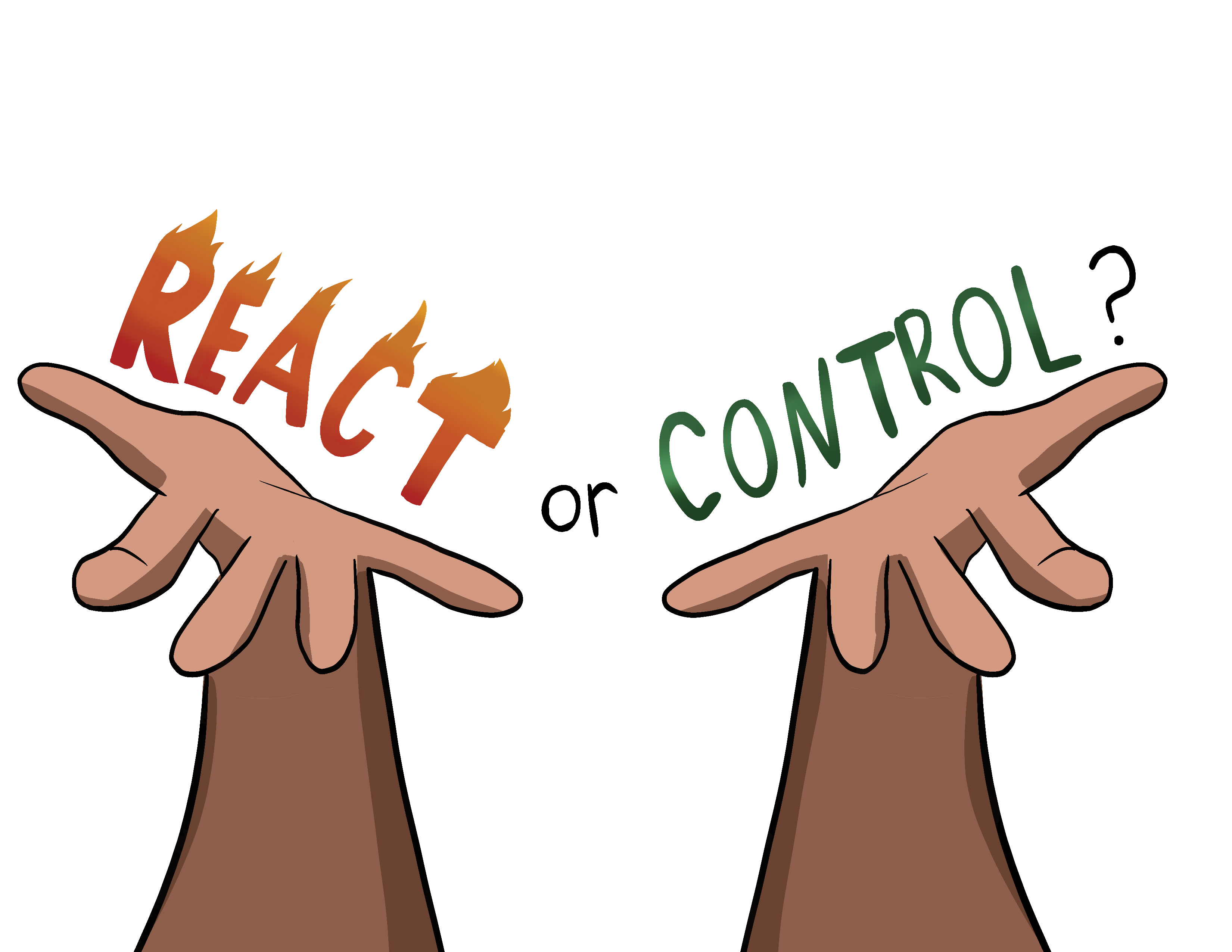
The idea that fuel treatments provide a carbon benefit in the long run undergirds many fuel reduction treatments–including the tree and shrub thinning currently underway in the UC’s Berkeley hills, which is funded by a statewide initiative to reduce greenhouse gas emissions. Without carbon-motivated funding, forest management efforts would decrease—which is the opposite of what needs to happen. According to a 2021 analysis of fire management on US Forest Service lands in the Sierra Nevada, fuel treatments cover an annual area only one tenth the size of the annual area that would burn historically, meaning that the vast majority of Sierra forests are currently untreated and vulnerable to severe wildfires. “What we’re doing right now is inadequate,” says Stephens. “Indigenous burning, mechanical thinning, prescribed fire, managed wildfire—all of those need to increase. If we don’t do it, we’re just going to see the forest landscape change right in front of our eyes.”
Ramping up fuel treatments won’t be easy. While prescribed burns are the most feasible way to treat large and remote regions, they come with unique downsides. “I think it's going to take 10 to 20 years to actually achieve a prescribed burning program in the state that's comparable to what we hope,” says Stephens. “We don't have the workforce. We don't have the experience. We also don't have the political or public support for this. Because, inevitably, when you start a program like this, you're going to have problems. And the problems aren't going to be small. You're going to unfortunately probably burn down houses. Hopefully no one gets hurt, but the political ramifications of that are huge.” On the other hand, mechanical treatments carry little risk of public harm, and, while more labor intensive, could be increased in parallel with prescribed burns to treat areas that are less remote.
Despite the significant barriers to increasing fuel treatments, some researchers who study forest management remain hopeful. After all, as tough as restoring fire-resilient forests may be, it’s something that can be done at a more local scale and in a shorter amount of time than preventing climate change. And locally, fire mitigation efforts are seeing increased support, says Woolridge. “Every year there’s a little bit less resistance [to fuel management] … Fire mitigation is really rising to the top of peoples’ consciousness.” Support for local fuel treatments is also evidenced by increased funding: both the East Bay Regional Parks Department and UC Berkeley itself have recently received over $10 million in fuel-reduction funds from the state budget (EBRPD) or a CAL FIRE grant (UC Berkeley).
What’s clear is that California’s wildlands will be changing soon. The nature of that change, whether we can attempt to control it or merely react to it, is in human hands. “I think it's good to be prepared for a different reality than the one we're previously accustomed to,” says Low. “There will be fire, whether that be through unplanned fires, managed wildfire, or through prescribed fire on the ground. We need to really challenge ourselves to unlearn what we were told about fire being bad, about keeping fire out at all costs, because sometimes fires do a lot of good.”
-------
Sophia Friesen is a graduate student in molecular and cell biology.
Designs by Jaquesta Adams
This article is part of the Fall 2021 issue.
